What is spray foam insulation? How much does underfloor insulation cost in Australia?
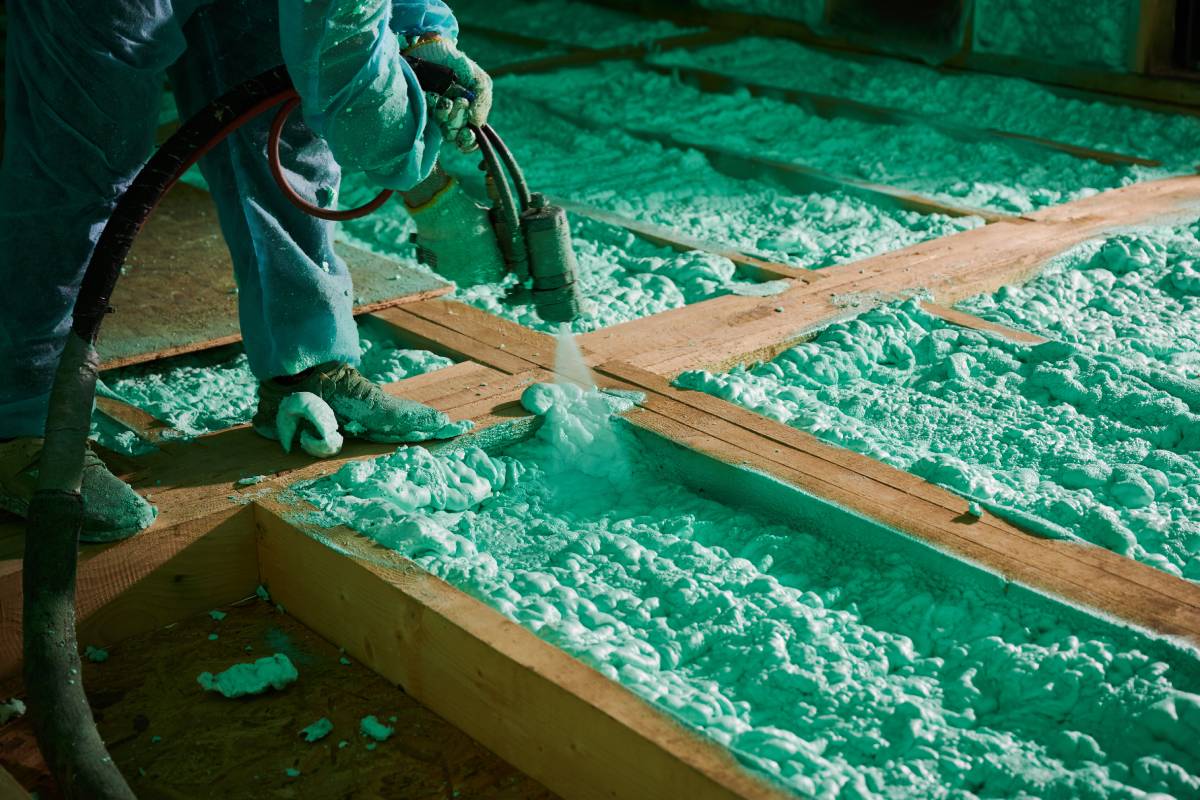
Investing in insulation is a smart move because it instantly makes your home more comfortable. By insulating the ceiling, walls, and underfloor, you can keep more warm or cool air inside, making your home cooler in summer and warmer in winter. This not only saves you money on energy bills but also helps the environment.
Think about this: In winter, uninsulated homes lose a lot of heat—25-35% through the ceiling, 15-25% through the walls, and 10-20% through the windows. In summer, they gain heat—25-35% through the ceiling, 15-25% through the walls, and 25-35% through the windows.
There are different types of insulation available at different prices, so it’s important to know what you’re getting for your money.
What is spray foam insulation?
Spray foam insulation is a type of insulation that is applied as a liquid and then expands to form a solid layer. It’s made by mixing two components—a polyol resin and an isocyanate compound—under pressure. When these two components combine, they create a chemical reaction that causes the mixture to expand and harden, forming a durable and effective insulation layer.
There are two main types of spray foam insulation: open-cell and closed-cell. Open-cell foam is lighter and less dense, with tiny air bubbles that make it more flexible. Closed-cell foam is denser and more rigid, with sealed cells that provide better insulation and moisture resistance.
Spray foam insulation is commonly used in walls, ceilings, floors, and attics to create a continuous barrier that seals out air leaks and provides superior thermal insulation. It can help improve energy efficiency, reduce heating and cooling costs, and create a more comfortable indoor environment by minimizing drafts and temperature fluctuations.
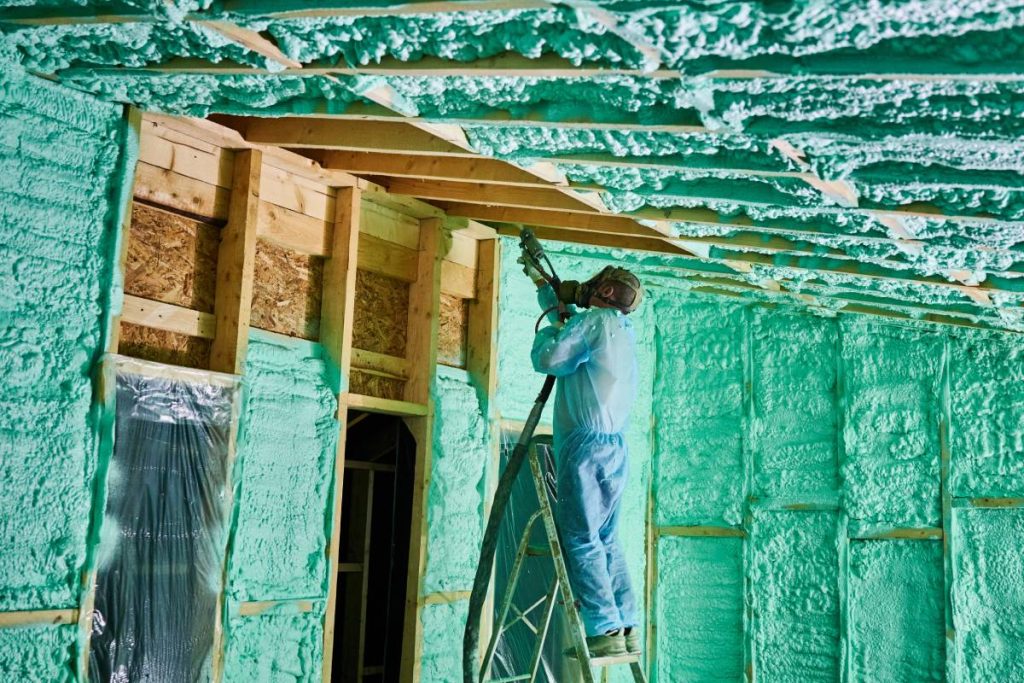
What are the pros and cons of foam insulation?
Foam insulation, whether it’s open-cell or closed-cell, comes with its own set of advantages and disadvantages.
Pros of Foam Insulation:
- Excellent Insulation: Foam insulation has high R-values, meaning it provides superior thermal resistance compared to other insulation materials. This helps to keep your home comfortable and energy-efficient.
- Air Sealing: Foam insulation expands to fill gaps and cracks, creating an airtight seal. This reduces air leakage and prevents drafts, improving indoor air quality and energy efficiency.
- Moisture Resistance: Closed-cell foam insulation is impermeable to moisture, making it ideal for areas prone to water exposure, such as basements or crawl spaces. It can help prevent mould and mildew growth.
- Durable: Foam insulation is long-lasting and resistant to pests, moisture, and mould, which can extend the lifespan of your home’s insulation.
- Sound Dampening: Foam insulation can help reduce noise transmission, making your home quieter and more comfortable.
Cons of Foam Insulation:
- Cost: Foam insulation might not be the cheapest way to floor compared to traditional insulation materials like fibreglass or cellulose. However, its energy-saving benefits may offset this cost over time.
- Installation Complexity: Foam insulation requires professional installation, especially closed-cell foam, which requires precise mixing and application techniques. DIY installation is not recommended due to the specialized equipment and expertise required.
- Off-gassing: During installation, foam insulation releases volatile organic compounds (VOCs) and may have a strong odour. Proper ventilation is essential to minimize exposure to these chemicals.
- Limited DIY Options: Unlike other types of insulation, foam insulation is not easily installed by homeowners as it requires specialized equipment and training. DIY installation is not recommended due to the potential for errors and safety hazards.
- Environmental Concerns: Some foam insulation products contain blowing agents with high global warming potential (GWP). However, newer formulations are being developed to reduce environmental impact.
Overall, foam insulation offers superior thermal performance and air sealing compared to traditional insulation materials, but it may come with higher upfront costs and installation complexities. It’s essential to weigh the pros and cons carefully and consult with insulation professionals to determine the best insulation solution for your home.
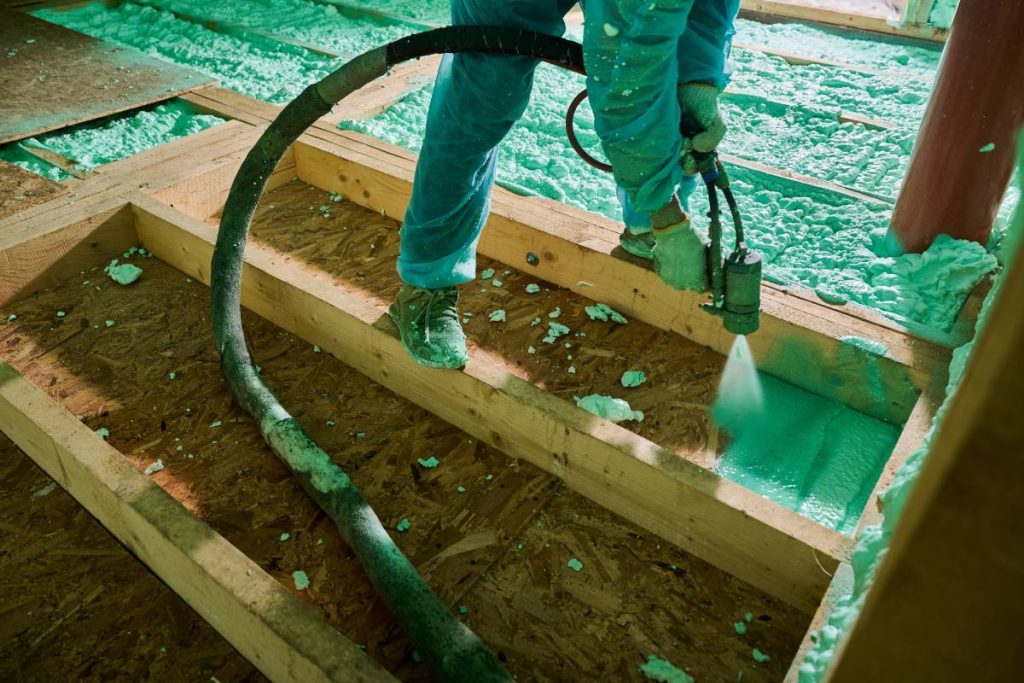
Types of underfloor insulation
Different types of underfloor insulation offer effective ways to keep your home cosy and might even boost its value. Some options also help muffle sound.
Your choice will affect the cost, effectiveness, and installation ease. Here are the three main types:
- Batts: These are thick rolls of polyester or glass fibre.
- Semi-rigid foam panels: They can be trimmed to fit and placed between floor joists.
- Polyurethane spray foam: It can be sprayed onto the underside of the floor.
When picking underfloor insulation, consider its R-value, which measures its ability to resist conductive heat transfer. Higher R-values mean better insulation but might come with a higher cost. Your local climate and other factors matter too. Consult your insulation supplier for advice on the right R-value for your needs.
If you’re concerned about noise as well as heat, polyurethane foam is a solid option—it offers both thermal and acoustic insulation.
How much does underfloor insulation cost?
The cost typically ranges from $1,000 to $2,000, depending on factors like the insulation type and the size and complexity of the area you’re insulating. Here’s what you can expect to pay per square meter:
- Foil insulation: $3 to $10
- Glasswool batts: $8 to $10
- Polyester batts: $15 to $20
- Rigid panels: $10 to $23
- Polyurethane spray foam: $20 to $30
The cost also varies based on the insulation’s R-value. For instance, polyester batts with an R-value of 1.5 might cost $35, while thicker ones with an R-value of 4.0 could cost $75 per square meter.
When it comes to installation, expect insulation businesses to charge between $40 and $150 per hour. This depends on factors like their experience and the complexity of the installation.
If you’re tackling a simple job in an easy-to-reach area, you might save money by doing the installation yourself. Some foam panels fit snugly without additional fixtures, and batts can be installed with basic tools. However, for spray foam and difficult-to-reach areas, it’s best to hire professionals, as they can often complete the job more efficiently and effectively.
Factors affecting spray foam insulation costs
When planning for a spray foam insulation project, consider several factors that influence the overall cost, including the thickness of the spray foam and whether you hire a professional for application.

Spray Foam Thickness: Thicker applications of spray foam cost more than thinner ones of the same type because they require more materials and labour. Typically, open-cell spray foam needs to be applied thicker than closed-cell spray foam due to differences in their insulating properties. However, always follow manufacturer guidelines and assess based on your specific application needs.
Location in the Home: The location where insulation is needed in your home can impact costs. Different areas may require varying types and thicknesses of spray foam insulation.
- Attic: Insulating an attic tends to be the most expensive project as it often requires thicker insulation to prevent heat loss effectively. Attics can also be challenging to access, adding to the overall cost.
- Basement: Basement insulation costs can be higher, especially if closed-cell insulation is needed for added moisture resistance. Basements may also be difficult to reach and navigate, increasing labour costs.
- HVAC: Insulating HVAC systems requires precision to cover all ducts and vents effectively. It often involves insulating hard-to-reach areas, contributing to increased costs.
- Garage: Garage insulation costs vary depending on the intended use. Basic insulation for equipment protection is cheaper, but creating a livable space may require more insulation to regulate temperature, increasing costs.
Accessibility: Insulating hard-to-reach areas like crawl spaces or small attics may require more time, labour, and special equipment, raising overall costs compared to accessible spaces.
Labour Costs: Hiring a professional for insulation adds labour costs, which can vary based on the company, location, and season. Typically, labour costs range from $0.44 to $3.20 per square metre. Some contractors may charge hourly rates, so it’s essential to clarify pricing structures before hiring.
DIY vs Professional Installation
Choosing a reputable installer is always advised for your insulation needs. However, if you opt for a DIY approach, your choices are limited. Professional installation is necessary for spray insulation and loose-fill, and mishandling fibreglass insulation can pose health risks.
For DIY insulation without labour costs, expect to spend around $1200 to $1300 for covering a 100m² area with batts. Insulation comes with an “R” value ranging from 2.0 to 5.0, indicating its effectiveness. A higher “R” value means better insulation but comes at a higher price. Reflective insulation costs approximately $155 for a 60m² area, while a 10mm panel measuring 2400 x 1200 will be around $37.
Recent Posts
Recent Comments

How to Get Rid of Ants in Your Lawn: A Complete Guide
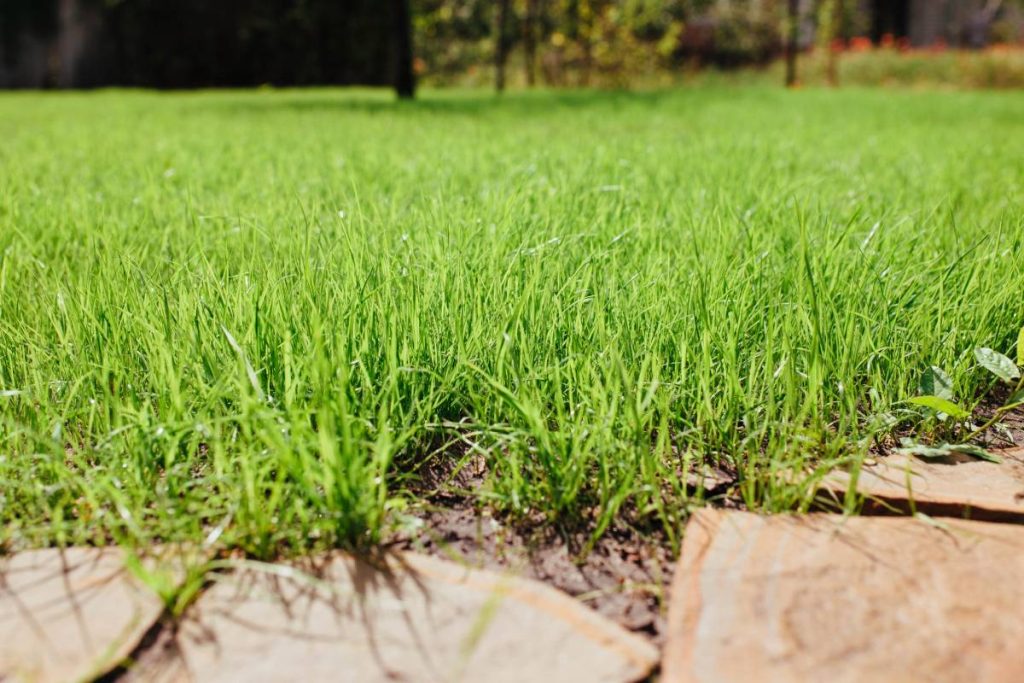
Couch Grass vs. Kikuyu: Effectively Managing Growth in Sydney

Why Does My Wood Floor Feel Hollow? Can I Fix the Hollow Spot in the Wood Floor Myself? How Much Does It Cost to Fix a Hollow Spot in My Wood Floor?
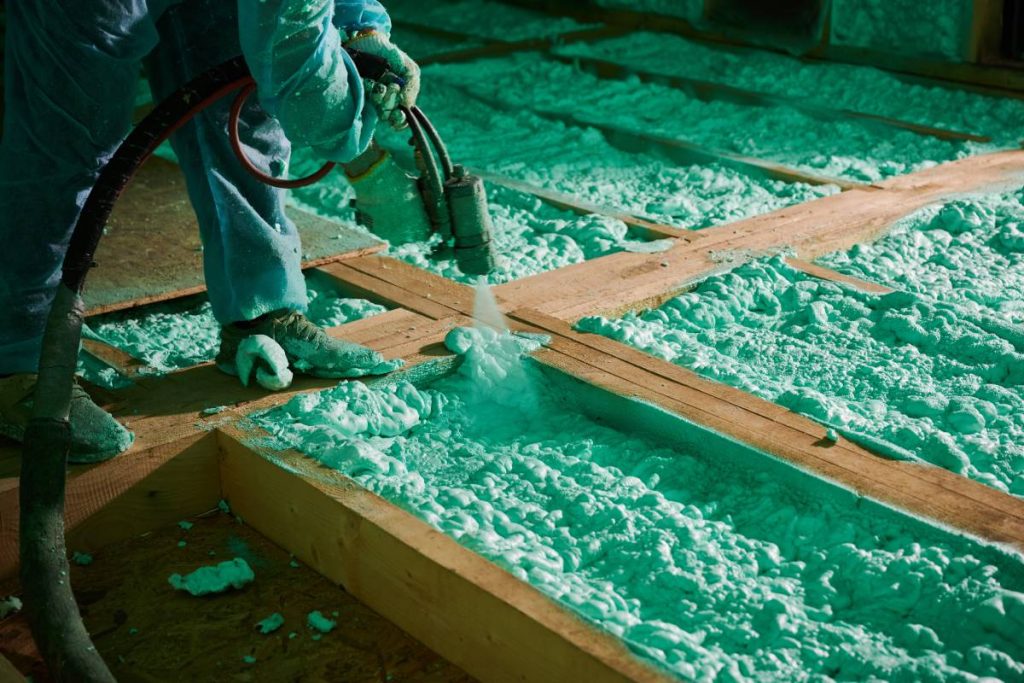
What is spray foam insulation? How much does underfloor insulation cost in Australia?
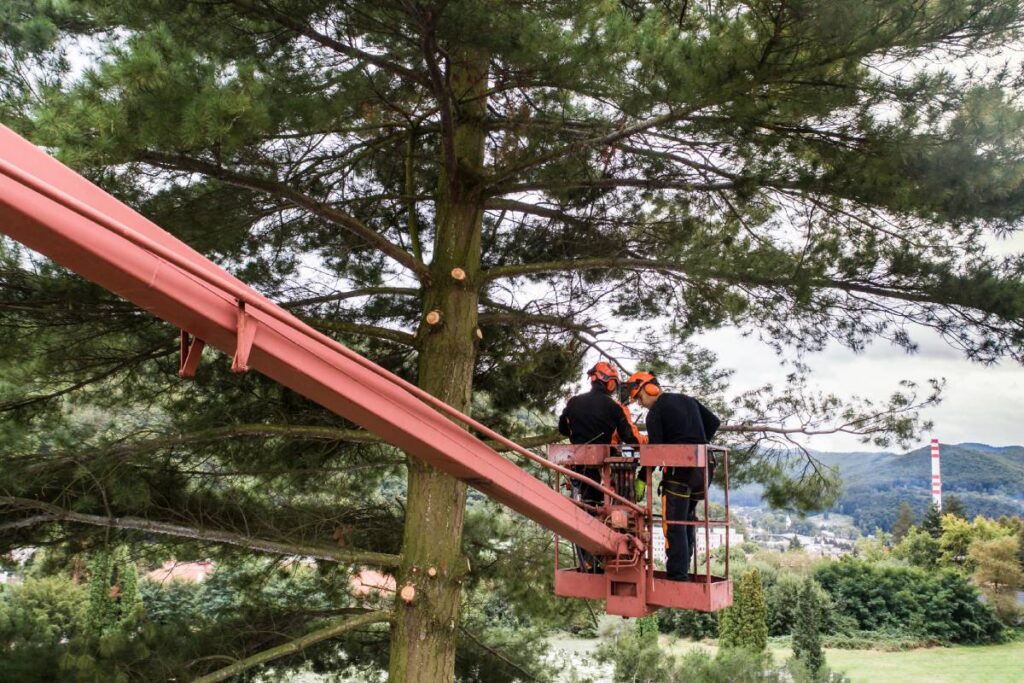
What Are Tree Reductions? What Are the Benefits of Tree Reduction?
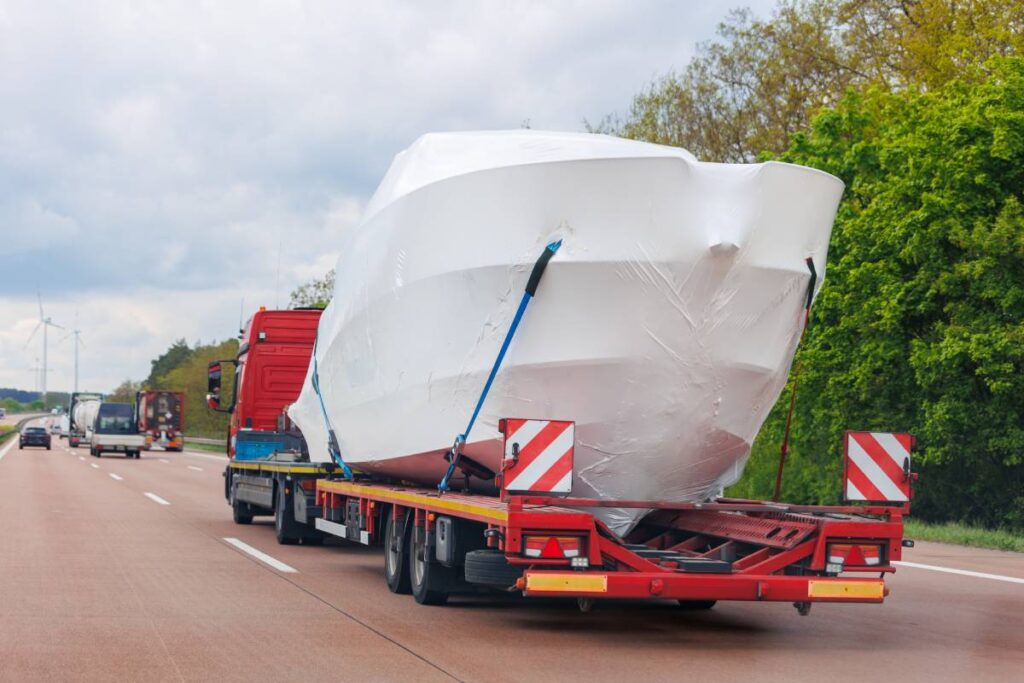
Can You Transport Your Yacht Interstate Yourself?

How to Get Rid of Ants in Your Lawn: A Complete Guide


